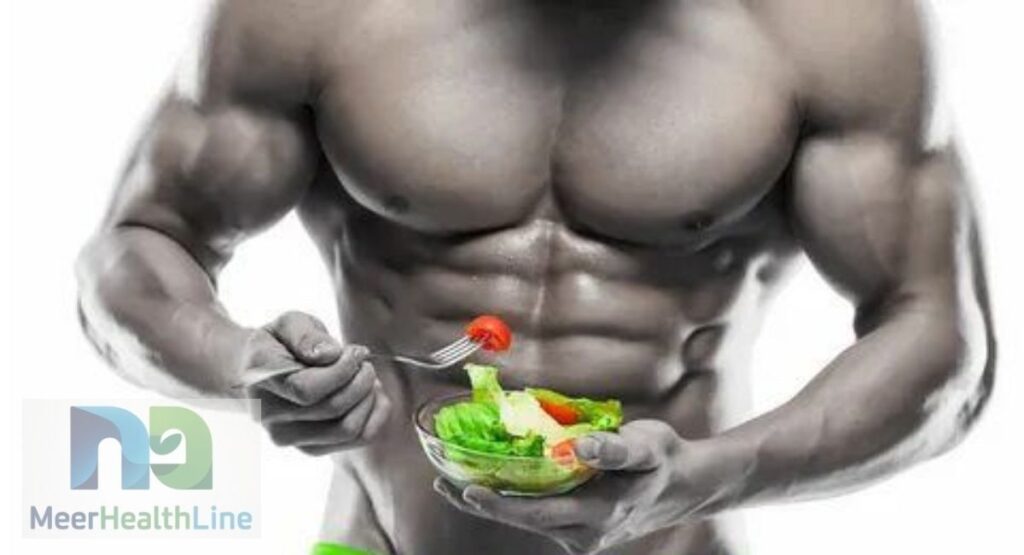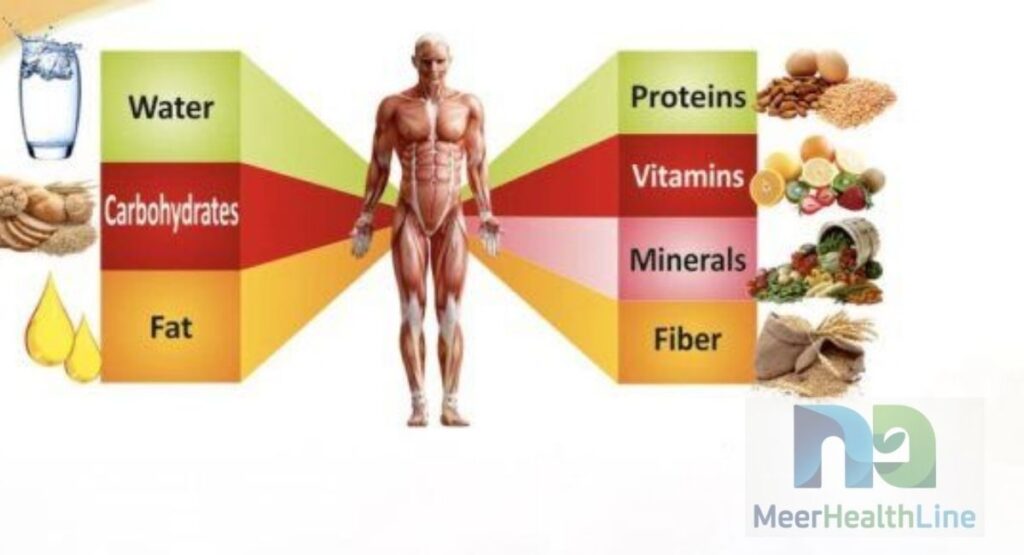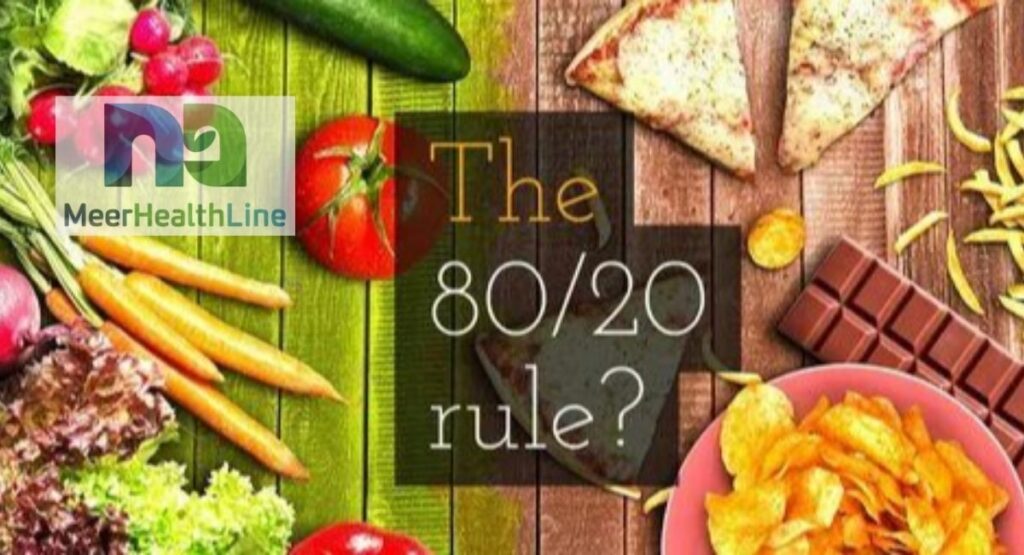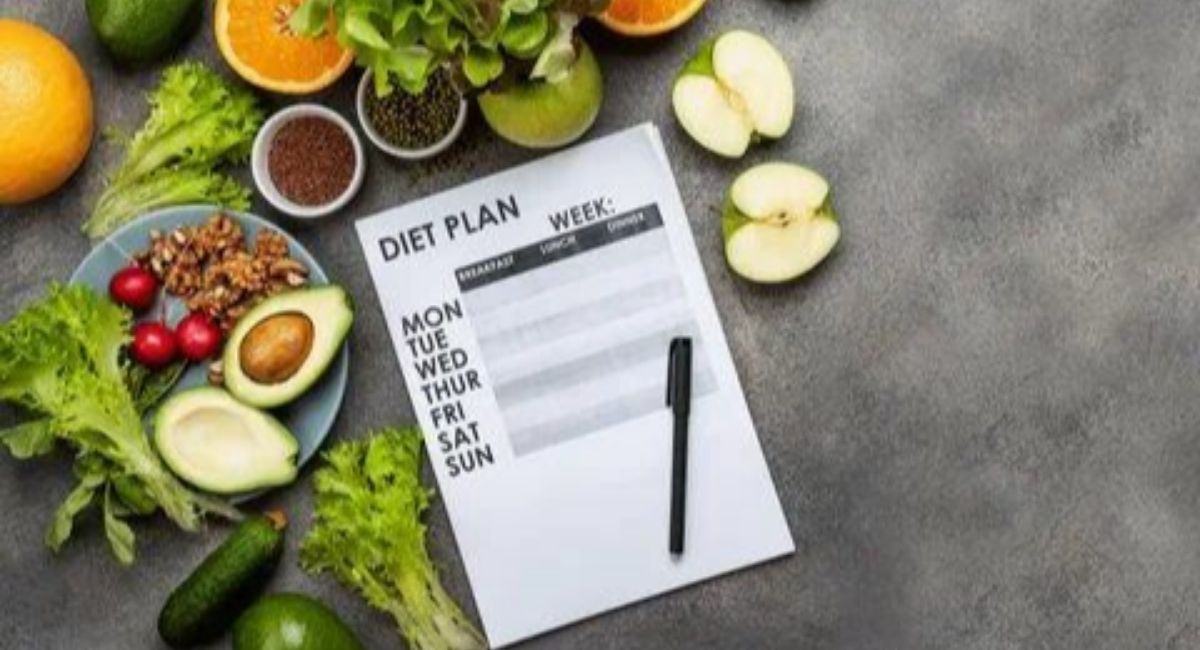Introduction
Does it confuse you when there are numerous diets and nutrition plans posted all over the net? The contemporary wellness industry is awash with contradictory tips on low-carb and intermittent fasting, juice cleanses and detox diets. However, in all the commotion, there is something that is timeless:
The principle of balanced nutrition. When your eating plan is not balanced such as excessive sugar and a lack of fiber and sufficient micronutrients, it is your body that suffers. You can feel tired, experience mood swings, develop gastrointestinal problems, gain weight and be at higher risk of chronic diseases.
Based on the latest science, this is a life-altering guide that takes you step-by-step through the doable, gimmick- and deprivation-free balanced nutrition strategies that you can use to get healthy each and every day. Do you want to use this energy more efficiently, promote your digestion, or create your future healthy lifestyle? The habits will promote natural and sustainable living.

What Is a Balanced Nutrition?
Nutritional balance implies deliberately eating nutrients with the purpose of supplying your body with what it needs to achieve its optimal performance. It includes:
- Macronutrients: Fat, proteins and carbohydrates
- Micronutrients : Vitamin and minerals
- Digestion and detoxification water and fiber
In contrast to the diet regimens, the balanced nutrition does not reject particular food categories, but renders it on the basis of the quality, diversity and proportion.It contributes to metabolic support, hormonal health, immune health and even clear thinking.
According to Dietary Guidelines of Americans, a balanced diet can reduce the incidence of chronic conditions and diseases, including heart disease, type 2 diabetes, cancer and obesity.
1.Learn to plate the method ( visually easy, nutritionally strong )
One of the most convenient implements of composing a balanced meal is the Harvard Healthy Eating Plate:
What to Put in:
- 1/2 Plate: Mix of colorful vegetables (leaf greens, peppers, carrots) and a little of fruit
- 25 percent Plate: Whole grains (quinoa, brown rice, oats, barley)
- 1/4-Plate: lean protein (chicken, tofu, lentils, fish, eggs)
- Good fats: olive oil, nuts, avocado used in moderate quantities
- Water: use water as your primary drink
This approach encourages diversity, fiber and blood sugar regulation all of which are vital to energy maintenance and preventing disease.

2. Keep to Regular Eating
Missing meals causes low blood sugar, hunger and low metabolism. The concept of balanced nutrition is recognizing your own preferences by putting your meals in time and heeding to the call of hunger.
- Consume food after every 3-4 hours to regulate energy
- Combine macronutrients (e.g. protein + healthy fat + fiber) with every meal
- Have emergency snacks ( protein bars, fruit and nuts ) on hand
Frequent feeding enhances thinking, hormone balance and mood.

3. Select Whole, Lowly Processed Foods
Whole foods are foods that have not been refined or processed. They are rich in phytonutrients, antioxidants and fiber than processed versions.
Whole Foods Choices examples:
- Vegetables and fruits either fresh or frozen
- Legumes (beans, chickpea, lentil)
- Whole grains (brown rice, farro and millet)
- Nuts and seeds(raw)
- Low-processed animal protein (eggs, grass-meat, fish) Avoid /
Limit:
- Sweetened cereal, all white bread
- Snacks that have long lists of ingredients that are packaged
- Hydrogenated oil, artificial sweeteners
Micronutrients found in whole food decrease inflammation and aid in cell repair.

4. Find the Best Way to Hydrate Yourself
More than taking (8) eight glasses of water, hydration means having adequate fluid and electrolyte balances to support metabolism, digestion, and nutrient absorption.
Pro Tips:
- Drink 1/2 your body weight in ounces of water a day (ex. 75 oz of water at 150 lbs)
- Add citruses, cucumber or herbs to add a natural flavour
- Do not use diuretic products (caffeine, alcohol), which produce dehydration
- Take supplements, and C and E vitamins
- Drink more water when it is hot or you have done heavy workouts
Mild dehydration may hurt cognition, focus, and athletic achievement.
5. Reduce Sodium and Sugar, and Not at the Cost of Flavor!
Salt and sugar are no longer demanded to be non-consumable, but the quantity required should be minimal, and human beings take them in unusually large amounts. This increases the risk of high blood pressure, heart diseases, and insulin resistance.
How to Cut Back:
- Cook homemade more frequently- regulate amount and ingredients
- Herbs, garlic, lemon, and spices as alternatives to salt
- Replace sugar drinks with herbal teas or water flavored drinks
- Use sweeter fruits or dark chocolate as alternative to desserts
Check nutrition labels:
Try to have less than 5g and less than 140mg of sugar and sodium respectively per serving.

6. Exercise Mindful Quantities
Even healthy foods may lead to gain of weight by including too much weight. The concept of balanced nutrition is related to that neither the people should get excessive but also not very little.
Intelligent Plans:
- Use smaller plates and bowls
- Fill half your plate with vegetables first
- Eat together, not in front of TV-sets
- Check your level of fullness after half of eating
Being aware of what we eat increases satisfaction, digestion, and prevents excess eating.

7. Customize to Your Life Style and Needs
Sensible eating is not universal. The reasons could be age, gender, health status, physical activity, and cultural background.
Customer -specific Solutions:
- Athletes: A larger amount of protein and complex carbs to facilitate recovery of muscles
- Pregnant women: high iron, folate and calcium intakes
- Vegans: B12 is, first and foremost, essential; iron and zinc and plant-based protein as well
- Diabetics: Pay attention to the low glycemic index (GI) foods and carb stability
Seek advice of a registered dietitian to have a developed plan.

8. Plan, Prep and Batch Cook
Planning beforehand aids in transforming good intentions into everyday action. It prevents making impulsive decisions about food, consumes less time, and may remove stress.
Weekly Meal plan:
- Sunday: Grocery + veggies chop
- Monday: mass cook 2 grains and 2 proteins
- Midweek: transfer items into bowls, wraps or stir fry
- Place ready-born meals in transparent boxes
Useful apps such as My Fitness Pal or Mealime will keep you on schedule.

9. Let be Flexible: live by the 80/20 Rule
No reason to surrender your favorite delicacies! Strict dieting is hardly sustainable. Rather, train on balance as opposed to perfection. Here,
It means:
- 80% = nutrient dense foods
- 20 percent = pleasures consumed with consciousness (pizza, cake, fries)
With this attitude, avoidance of binge eating, emotional eating, and burnout occurs.
10. Continue Learning and Changing
Strict formula of balanced nutrition does not exist; it is a lifetime learning proses. In a span of time, your body, environment, way of life, and your aspirations will change and your nutrition plan must change too.
Staying up, being mindful, and open-minded will provide you with the ability to make more effective choices and future well-being

10.1. The Importance of Life-long
- Nutrition is a science which keeps learning. New studies enable us to know more things about the metabolism, the bacteria of the gut, food intolerance, or the way in which some nutrients can prevent some illnesses
- Personal Health-Change: When you have progressed through life such as adolescence, pregnancy, old age, or had chronic childhood medial conditions, then your nutritional needs are different
- Habit patterns: A new workout schedule, job stress, commute or sleeping issues can alter your body response to certain foods or eating behaviors.
Staying current not only enables you to know the difference between science-based nutrition and the fads, but also makes food choices much more knowledgeable and confident.
10.2. Red Flags You Should Change Your Nutrition Plan
- Fatigue or Low Energy- It can be a sign of lack of balance macronutrients or iron deficiency.
- Digestive Problems (Bloated Stomach, Constipation) – May mean a food intolerance, fiber intake or dehydration.
- Stagnation in Weight Targets- Indicates that your calorie requirements changed or disharmony in food sizes.
- Mood Swings or Brain Fog- Frequently associated with erratic blood sugar or the lack of enough omega-3.
- Skin Breakouts or Brittle Nails -The possible indication of a vitamin/mineral deficiency (e.g. Zinc, Biotin, B12).
Experiencing some of these is a trigger to review and change your present nutritional behavior.
10.3.The Way to Keep Learning About Nutrition
1. Follow Reliable Sources
Following organisations that promote evidence-based practice via updates, newsletters, etc:
- Harvard Health
- Nutrition.gov Academy of Nutrition and Dietetics
- Scientific journals that go through a peer-review process such as
- The American Journal of Clinical Nutrition
Do not look at clickbait or uncontrolled influencer posts with little to no scientific support.
2. Look at Your Progress and Patterns Track:
- Your diet Your post-meal feelings
- Digestive patterns, energy and mood
- Weekly reflection:
Ask yourself, are your food choices helping you to achieve your goals?
3. Consult Professionals Check in periods with:
- Registered Dietitians (RDs) to get personal tips
- Physicians to conduct blood work or vitamin deficiencies
- The American Journal of Clinical Nutrition
Avoid reading about clickbait or unregulated posts by influencers with little or no scientific basis.
10.4.Easy Methods to Balance your Diet with Time
- Include seasonal fruit/vegetables to make it interesting and nutritively varied
- Rotate among the various proteins such as vegetable based, seafood, and chicken Add more healthy
- fat (avocados, nuts, seeds) in the autumn/winter months in support of the skin and joint health
- Reconsider the size of your portions after every few months depending on the level of activity and hunger signals
- Adjust snacks and re-hydration plans according to your climate, work or fitness fluctuations
10.5. Growth Mindset of Nutrition
Take a growth mindset–the mindset in which you perceive every challenge (plateau, craving, fatigue) not as a chance to fail but rather a chance to learn.
- Nutrition is not perfect. It is about long term harmony between what your body requires and what you decide to feed it with.
✅ Conclusion
The first thing to do is not the food: not the period-bounded diets, but the daily and balancing practices. By following such balanced nutrition steps, you will be capable of training your body to do much more (physically, mentally, and emotionally) with it.
Focus around unadulterated, unprocessed foods. Make deliberate eating. Stay hydrated. Allow flexibility. And this is a rule to keep in mind: tiny steps that are repeated make a powerful difference in the long run.
Meta Description
Learn 10 scientifically and individually tailored balanced nutrition tips to enhance your energy, health, and eating behavior. Evidence-based tricks to living well and long-term success.
Read more about Nutrition&Diets

Welcome to Meer Health line. I am Muhammad Naeem, an AI-Povered SEO, and Content writer with 4 years of experience.
I help website rank higher, grow traffic, and look amazing. My goal is to make SEO and web design simple and effective for everyone.
Let’s achieve more together!

